It’s no secret – video is everywhere!
Video as a medium is more engaging than other mediums, tugging at our heartstrings and captivating our attention better than anything else. Video is immersive and powerful, and very effective in driving engagement, as it focuses on a story rather than a product. Whether the stories we tell are large or small, complex or simple, they all serve to take us on a journey from one emotional state to another.
Video storytelling is also a marketing tactic that uses the naturally engaging video format to tell a story about a brand, company, or product. The emotion and connection can ultimately help convert a viewer into a paying customer. With the proliferation of technology and social media, watching videos has become a transmedia experience. Whereas Television is evolving to capture a multiplatform audience, in order to fight the boredom of watching only one program, the proliferation of over-the-top (OTT) platforms and social media has changed the users’ behavior of internet video consumption.
With the advent of smartphones, we live in the fragmented information age where too much information is leading to a lack of attention.
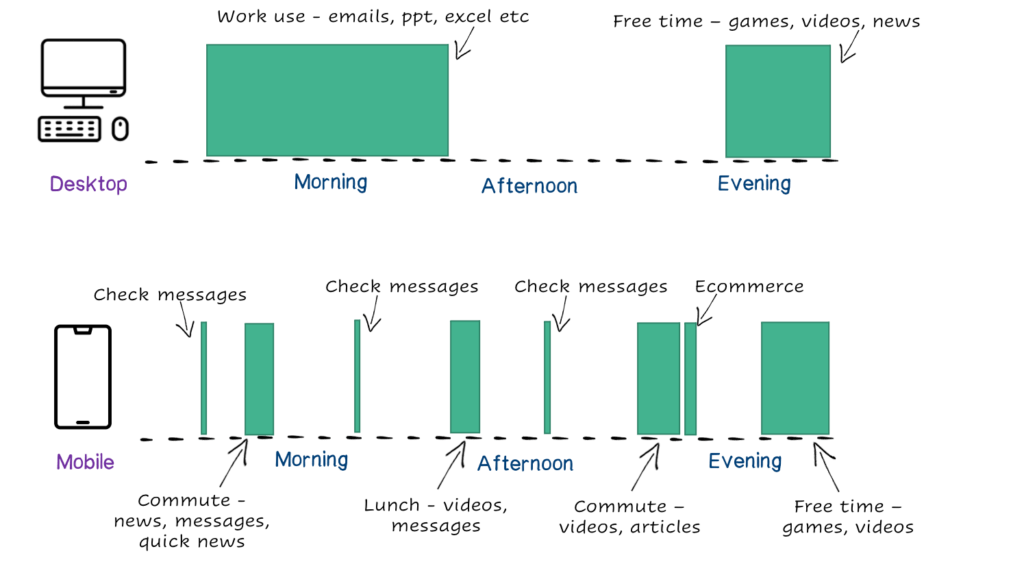
In the always-connected world of social media and smartphones, when it can feel much harder to stay focused – how are videos able to capture attention and deliver messages?
Short-form vs Long-form videos
Short-form videos – the concise and rich short-video format – have become the focus and popular among youth and adolescents. As screens got smaller, time and information became fragmented – content (including videos) consumption became bite-sized and access to information became bountiful. Users started consuming information in chunks, whenever they get time.
Short-videos is the format of information consumption that was quickly created and shared, as many times as possible during a day. Platforms like Vine (6 seconds), Instagram (15 seconds), and Tiktok (6 seconds) incorporated the short-video creating and sharing capabilities which take user-generated content to another level.
Long-form videos (length of videos are more than 10 minutes) – is the format that has been capturing the audience’s attention and holding it for a long since the advent of videos for storytelling (since TV times). It is believed that the true power of videos in driving engagement and hooking us in an emotional journey is in long-form videos. As it is a usual psychological behavior of humans that they spend a lot of time on videos if they want to learn something for their need.
So which video format is apt for what goals? Let’s understand from consumer behavior of videos consumption.
Consumer behavior of video consumption
Following is 2×2 matrix of consumers’ video-consumption behavior based on their intent and time-in-hand to consume.
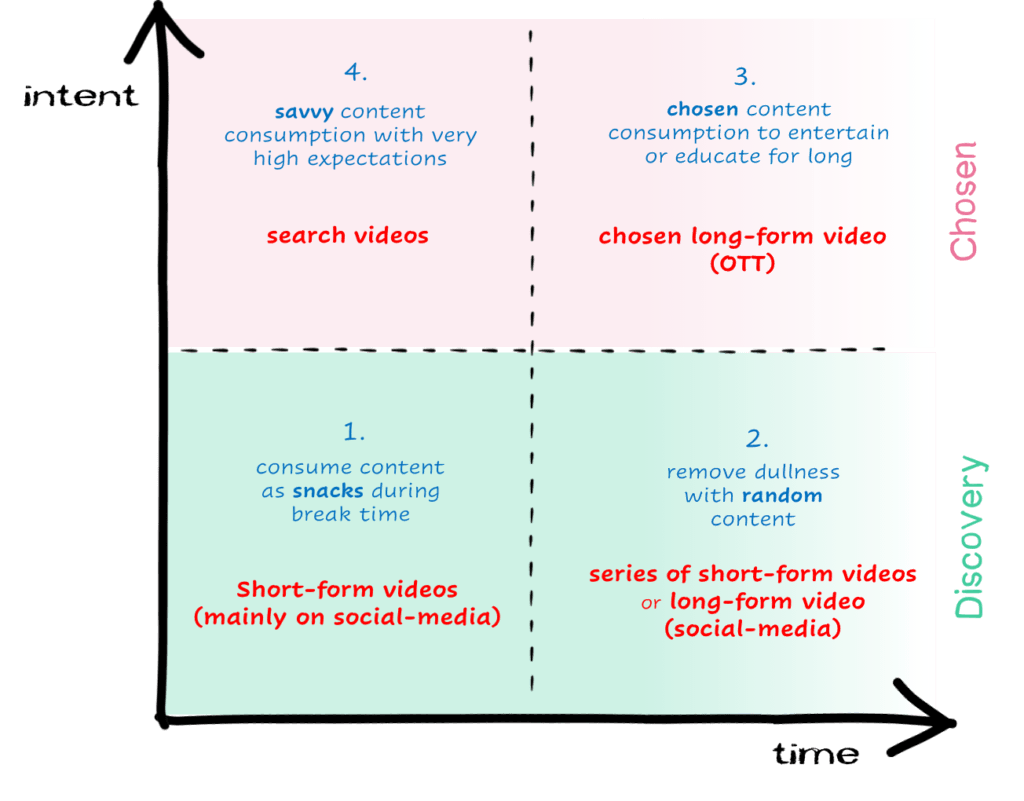
1. Users having low intent and less time to consume the content (random content):
This is the situation when users want to take a break or have nothing to do for a small period of time. Users want to consume snackable content as they have no intent on what kind of content they would be consuming. This is where short videos enter into humans’ content-consumption journey and apps like social media (mindless scrolling), casual/arcade games, videos (shorter format) apps, etc. expel the dullness away from their lives.
2. Users having low intent and much time to consume the content (random content):
This is the situation when users are planning to spend too much time consuming the videos either to entertain themselves or to kill their boredom but don’t know what to consume. So they randomly surf and discover interesting videos on their favorite apps, mostly social media. They end up either watching a series of short-form videos while scrolling the social-media feed or discovering some good long-form video as per their interest.
3. Users having high intent and much time to consume the content (chosen content):
This is the situation when users have expectations before they consume the content. Having very high intent, users usually know what video they want to watch or they know the type of video at least. OTT is the favorite destination for users where they end up consuming the videos of their choice.
4. Users having high intent and less time to consume the content (chosen content):
This is the situation when users don’t have much time but have very specific needs. They usually want the savvy information/solution to their problem as quickly as possible. Once they get the desired information/solution, they exit the app/web and continue with their life. E.g. fitness videos, cookery videos, how-to-videos, etc.
Having understood the consumer behavior of videos consumption as per Intent-time dimensions, let’s understand what products/platforms with what formats of videos are suitable for particular situations.
Right Video products/platforms for Right Jobs
Yes, Jobs.
From the above-mentioned intent-time-based content-consumption matrix, we’ve learned the same user can have different requirements as per the situations and hence, consume different formats of videos. Let’s re-visit Jobs-to-be-done quickly.
Jobs-to-be-Done (JTBD) helps us uncover the motivations, context, and triggers around our customers’ decision to buy our products, which then helps us segment our customers by those criteria. We then change our messaging to reflect this understanding and get the usage of our product(s) increased.
Let’s analyze video content consumption from Jobs-to-be-Done (JTBD) lens. As I mentioned in this story, the following is the statement structure for a Job-to-be-Done:
When (situation) —– I want to (motivation)—— so that (benefit)—
1: [Low intent-less time] When I’m having a break time for a while, I want to be able to discover and watch some entertaining videos during that short period of time, so that I can spend my free time refreshing myself with some entertainment.
2: [Low intent-much time] When I’m getting bored, I want to be able to discover and watch some entertaining videos, so that I can kill my boredom with incessant video watching.
3: [High intent-much time] When I have my list of movies/series to be watched, I want to be able to watch those videos, so that I can spend my time dedicated to video-watching and feel content.
4: [High intent-less time] When I have a certain problem to solved (e.g. cookery, fitness) via video, I want to be able to search those videos instantly and watch them, so that I can get my problem solved/job done by getting sought-after knowledge.
From the above-mentioned user jobs, we can understand the a) situations, b) motivations and, c) benefit (end-state).
To see how the above jobs can be done with what products, let’s link each job with forces of progress and define the value proposition (way of doing the job) for each (read more about ‘forces of progress’ and ‘define product value propositions’ in story).
Jobs vs Value Proposition
Following is matching between the Jobs and value proposition (not mentioning the situation column).
| Motivation | Benefit | Way of doing the Job (Product) |
| Quickly discover interesting videos and watch. | Snackable content to feel refreshed during the break. | Short-videos Recommendation as per users’ interests. |
| Discover interesting videos and watch. | Kill boredom. | Videos Recommendation (short or long) as per users’ interests. |
| Watch chosen videos (movies/serials) | Feel content. | Subscription-based video platform having hand-picked videos. |
| Search the video with the solution being sought. | Problem to be solved with the right knowledge. | Video-marketplace to get insight from right video. |
Let’s understand the video platforms w.r.t. video viewers demand.
1. High-Intent Demand
a) Subscription-based videos (OTT): OTT’s have shifted the movie-watchers from cinemas to OTT platforms and serial-watchers from TV to OTT platforms. Consumer behavior is the same in both cases i.e. for movie-watchers – going to the cinema, paying for tickets, entertaining with family, and spending quality time with family. For serial-watchers – going to their favorite subscribed channel, watching the episode, spending quality family time at home. In OTT’s case, it’s video-on-demand (anywhere, anytime). Long-form videos are apt as watchers have dedicated time for video consumption in this case.
b) Video marketplace: When users have very high intent with no time, the “Search” functionality is used a lot. It doesn’t matter if the video is short-form or long-form, as long as the knowledge is there that the user is seeking, video consumption is happening. Video marketplace solves the users’ problem by providing a huge supply of videos to be searched with the right knowledge/insight.
2. Low-Intent Demand
a) Social & Recommended videos: The key is to find the user’s interest. Video platforms try to capture this either via social connections to find out the network’s activity (“what your friends watched”) or via a recommendation engine that captures users’ behavioral data. In both cases, the user is going to be seeing and discovering “random” videos. Since the interest-gauging activity is very probabilistic in nature, short-form videos work very well here as users won’t have any commitment to it. It is a human psychological behavior that if any video tries to convey the message, they will not get ready to learn the things and they mostly skip the irrelevant videos without even completing it (Pls note that recommended videos on social-media feed work on variable rewards concept– to keep the brain occupied as it is busy finding the patterns. Read more about variable rewards here). But if they want to learn something for their need, they spend a lot of time on the video, perhaps they can finish the long-form video they had discovered (based on how much time they have in-hand).
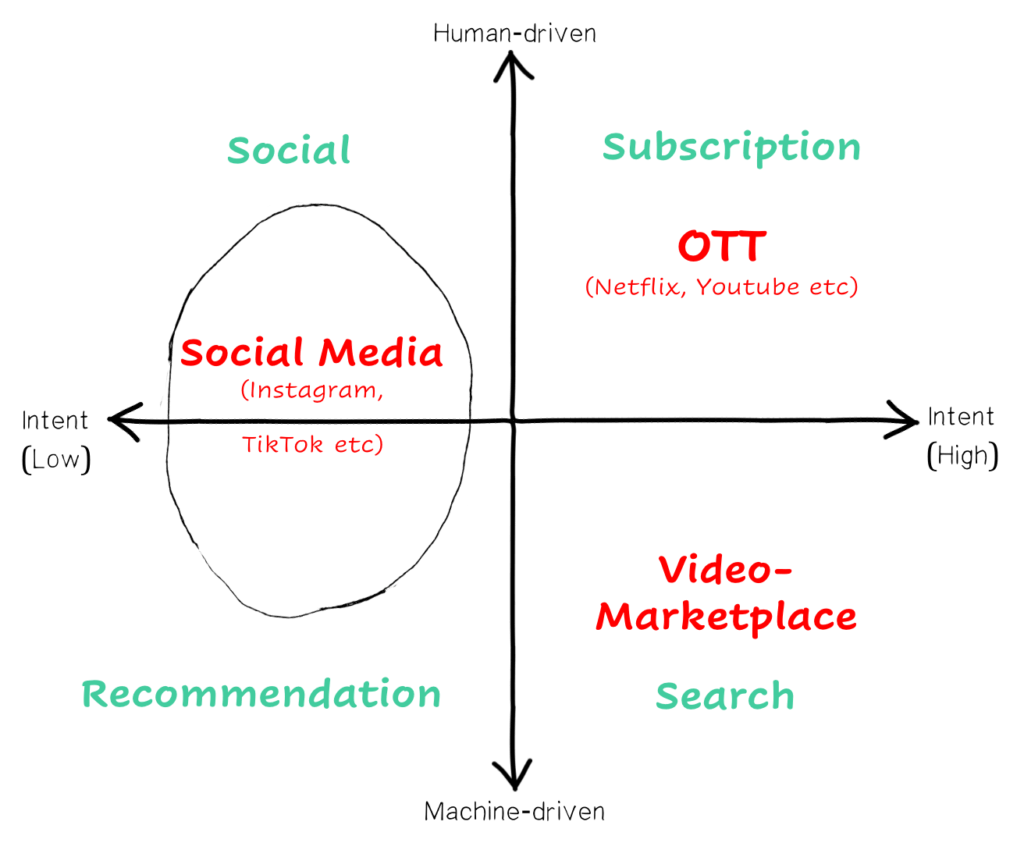
Short-videos Culture – From Entertainment to Fame
Both short and long-formats have value. But when deciding short-video format, especially for marketing purposes, there are many motives of users that come into play. Since short-video platforms have lowered all the barriers of content creation for users i.e. a) technical barrier (very simple steps of video creation and sharing), b) creative barrier (no creative pressure for content creation), c) motivational barrier (users are willingly participating in content creation with shared or individual purpose), the value proposition of these platforms are varied.
To understand the propositions of existing short-video platforms from a content-creation perspective, let’s look at the pyramid theory of users motives:
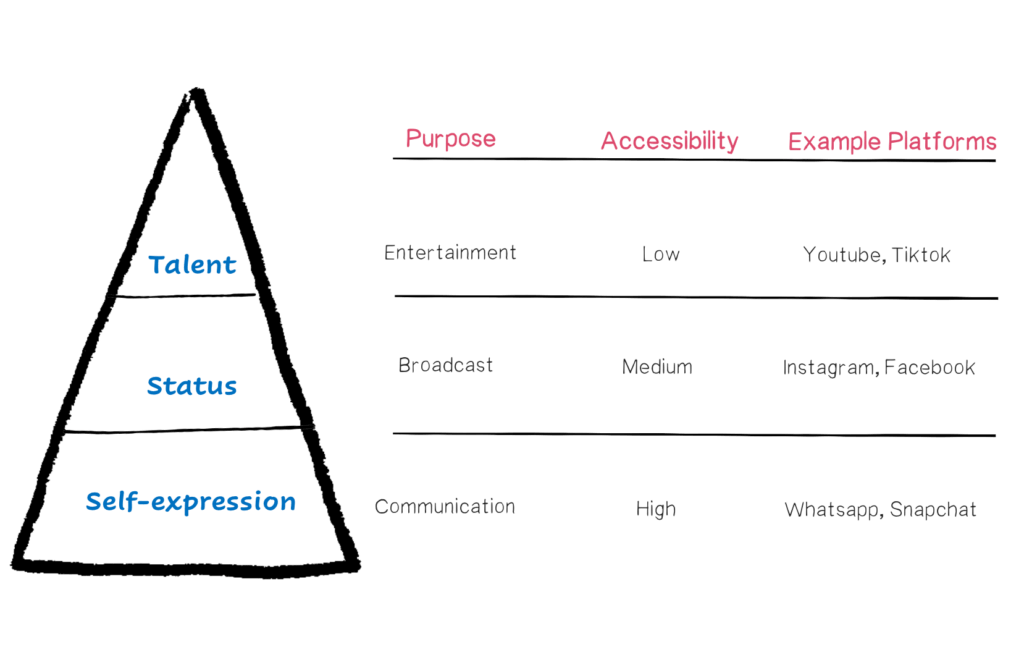
Pyramid theory of users’ motives of content-creation
1) Self-expression: At the base level, users want to express themselves while communicating at ease with their friends and network. Snapchat was a platform where users were expressing themselves to their close network without any pressure of video staying on the platform forever.
2) Status: Platforms like Instagram were enabling users to brag about their lifestyles and broadcast status. Content creators seek 15-second fame from each video they create and share, to make them further popular. This is a continuous loop.
3) Talent: – This is where the mass media was going to discover the entertainment of their choice. Users need to just show their talent (lip-syncing with background music on TikTok, or dance/sing/any artistry on Youtube). Many creators are getting 15-second fame due to the distribution they get from these video platforms, due to the sheer talent they have.
Verdict
Both short and long-formats have value. For marketers, deciding between short-form and long-form videos has been challenging. To understand which one is better, let’s consider the marketing goals and metrics – it varies from brand awareness to video completion rate to clicks to further actions. But eventually, a video is an engaging medium of captivating our attention better than anything else and delivering an emotional message. These emotion lead us to take decision that could be clicks or any other action.
Both short and long-formats have value. For marketers, deciding between short-form and long-form videos has been challenging. To understand which one is better, let’s consider the marketing goals and metrics – it varies from brand awareness to video completion rate to clicks to further actions. But eventually, a video is an engaging medium of captivating our attention better than anything else and delivering an emotional message. These emotion lead us to take decision that could be clicks or any other action.
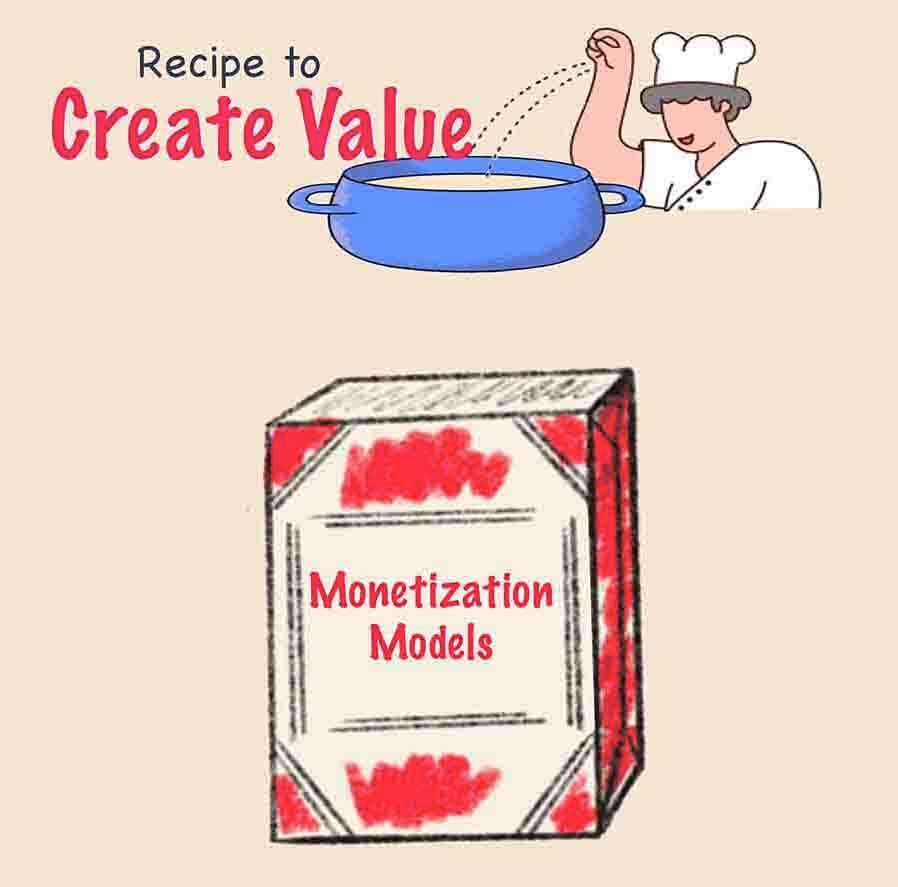
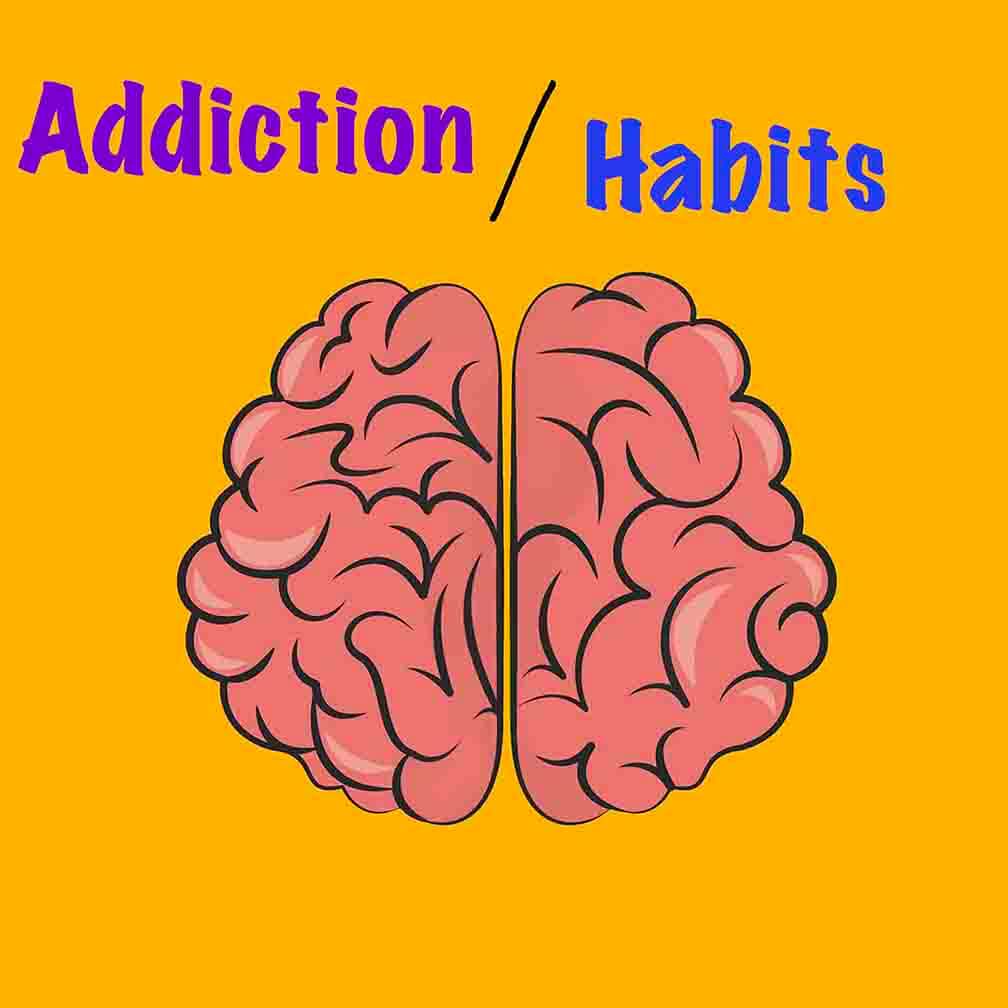
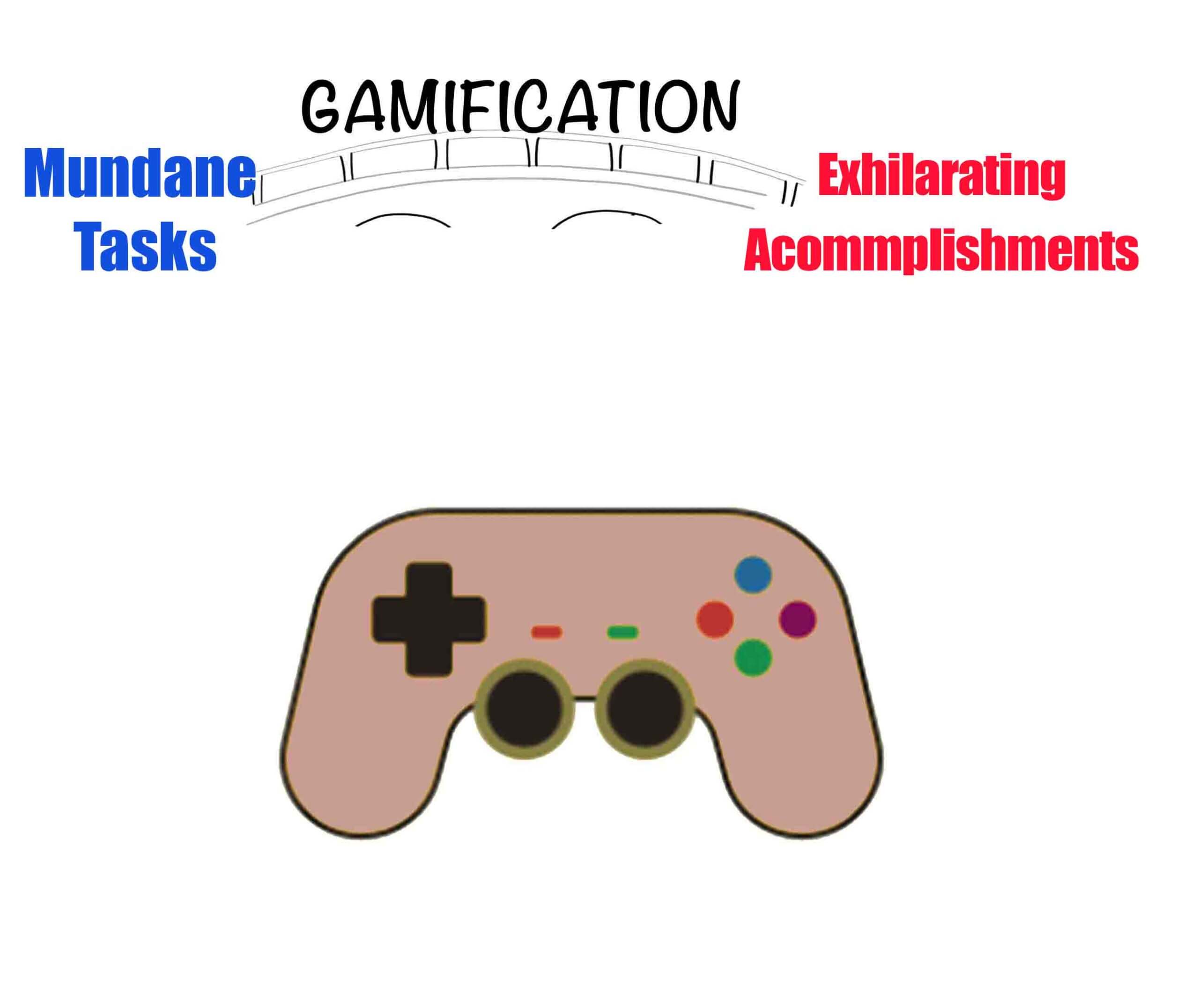
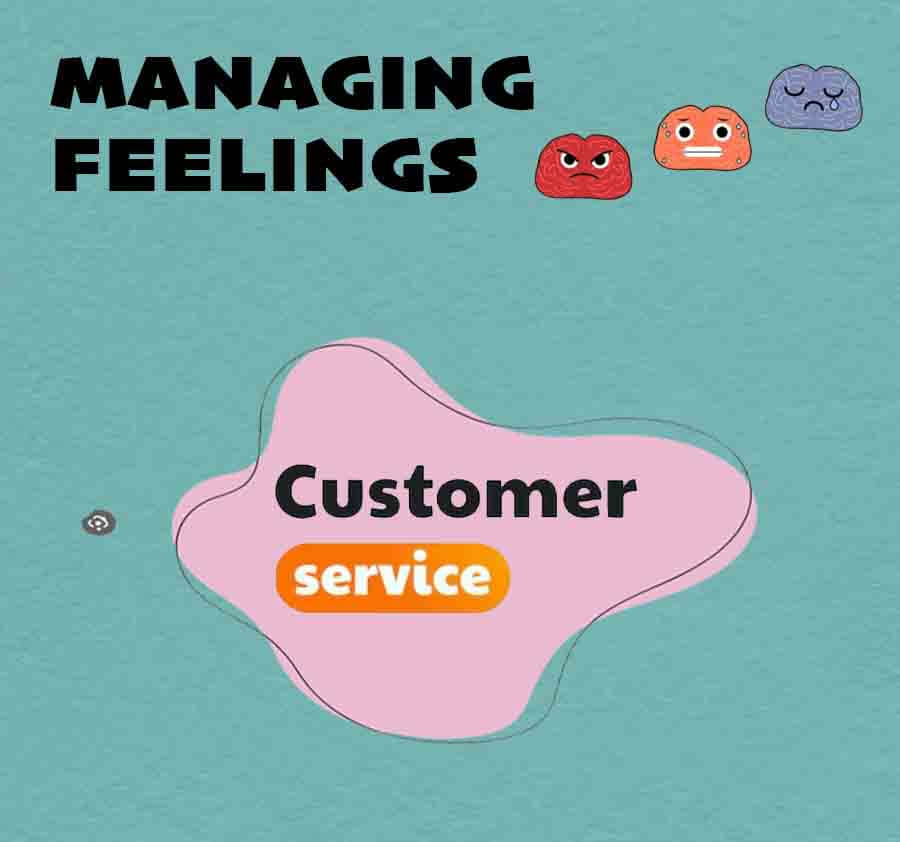
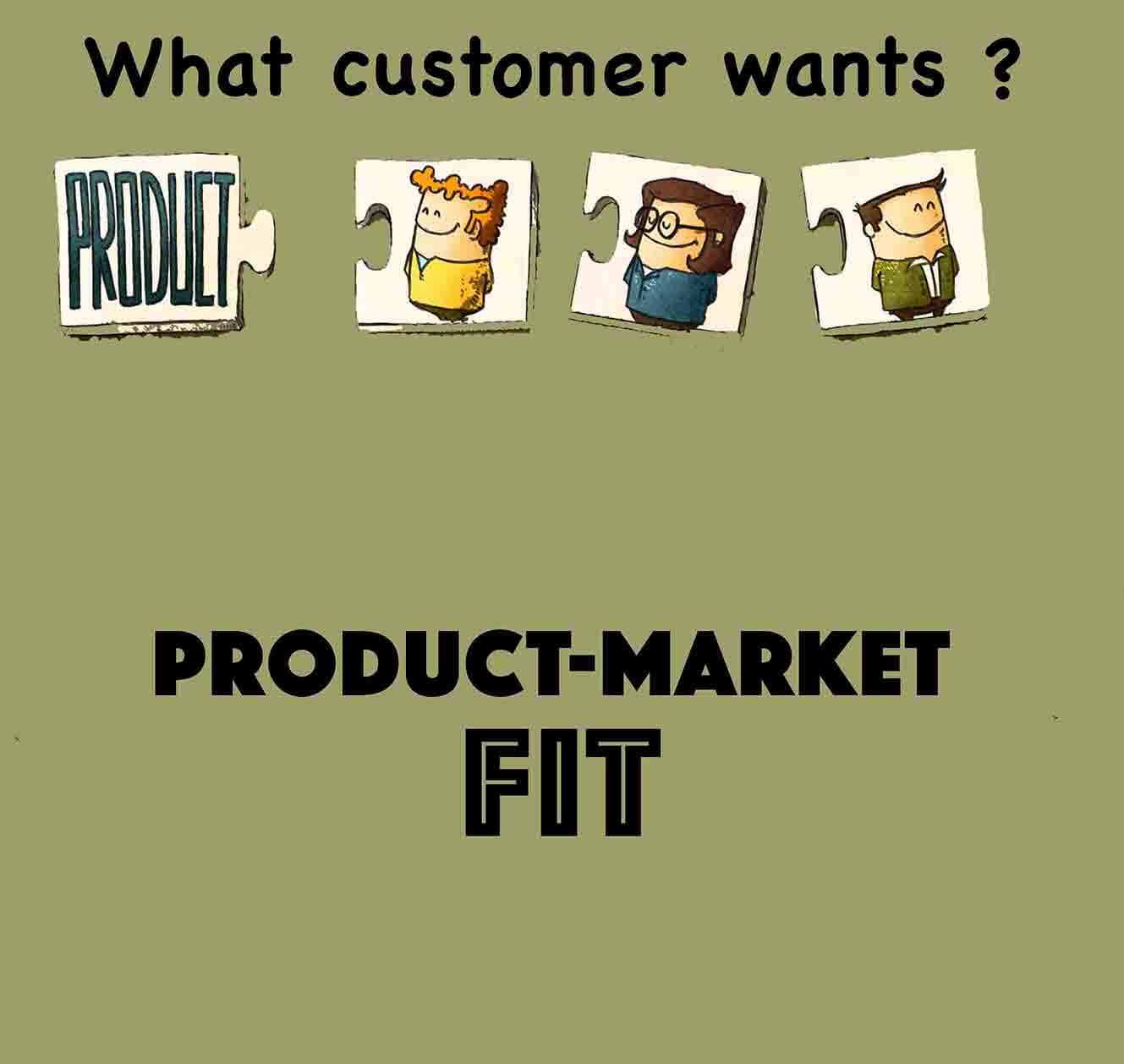
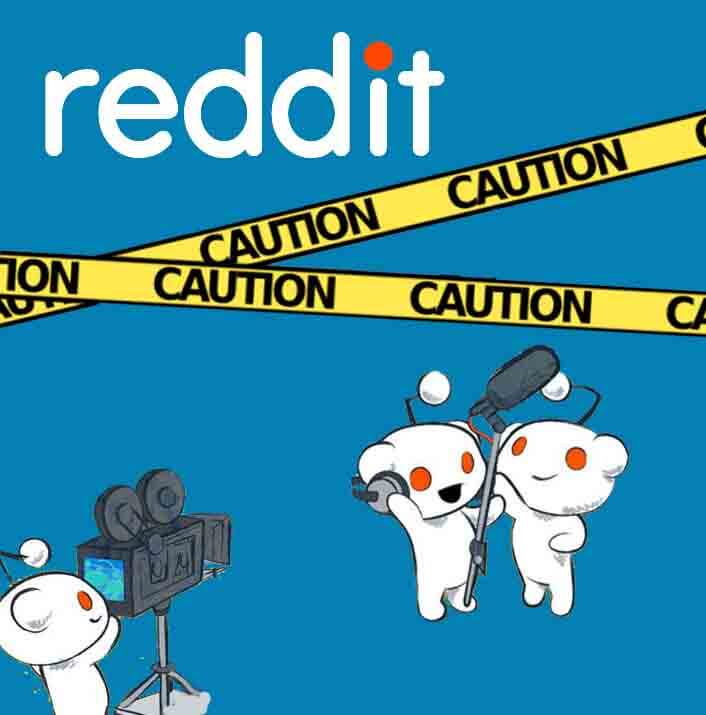
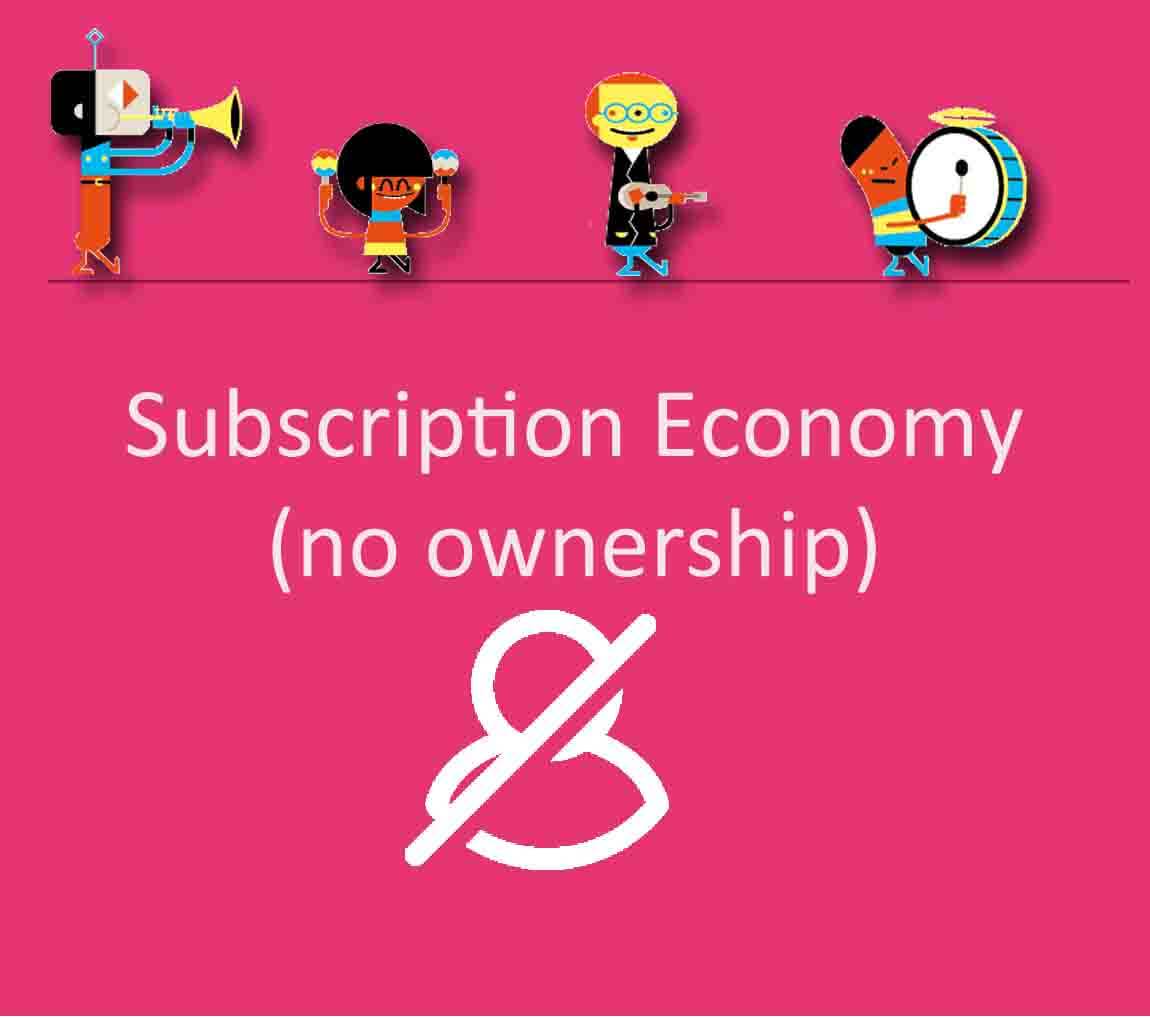
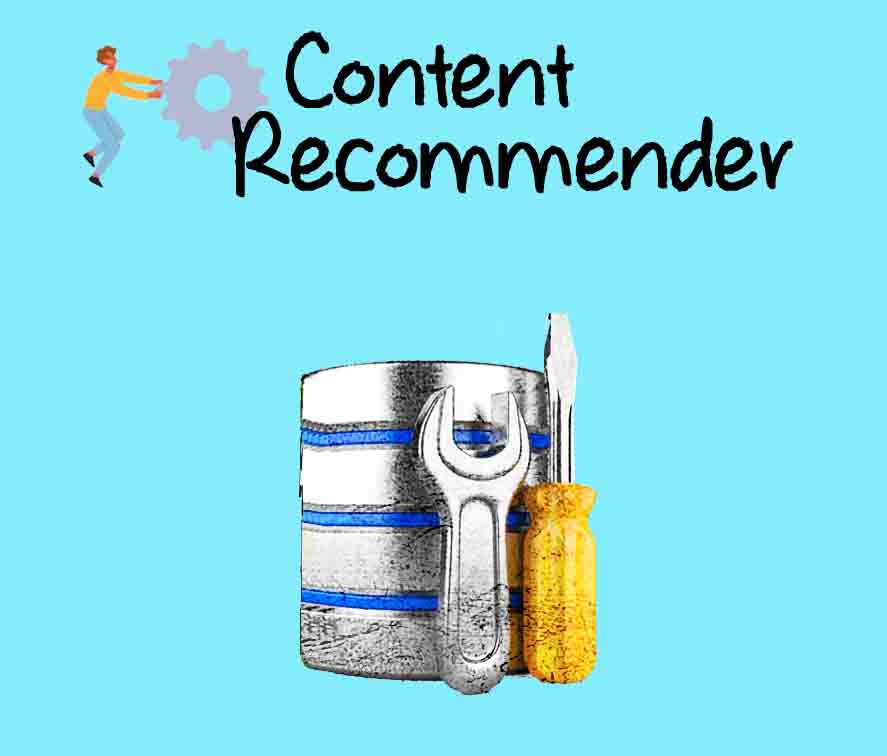
 Swipe for more stories
Swipe for more stories
Comments